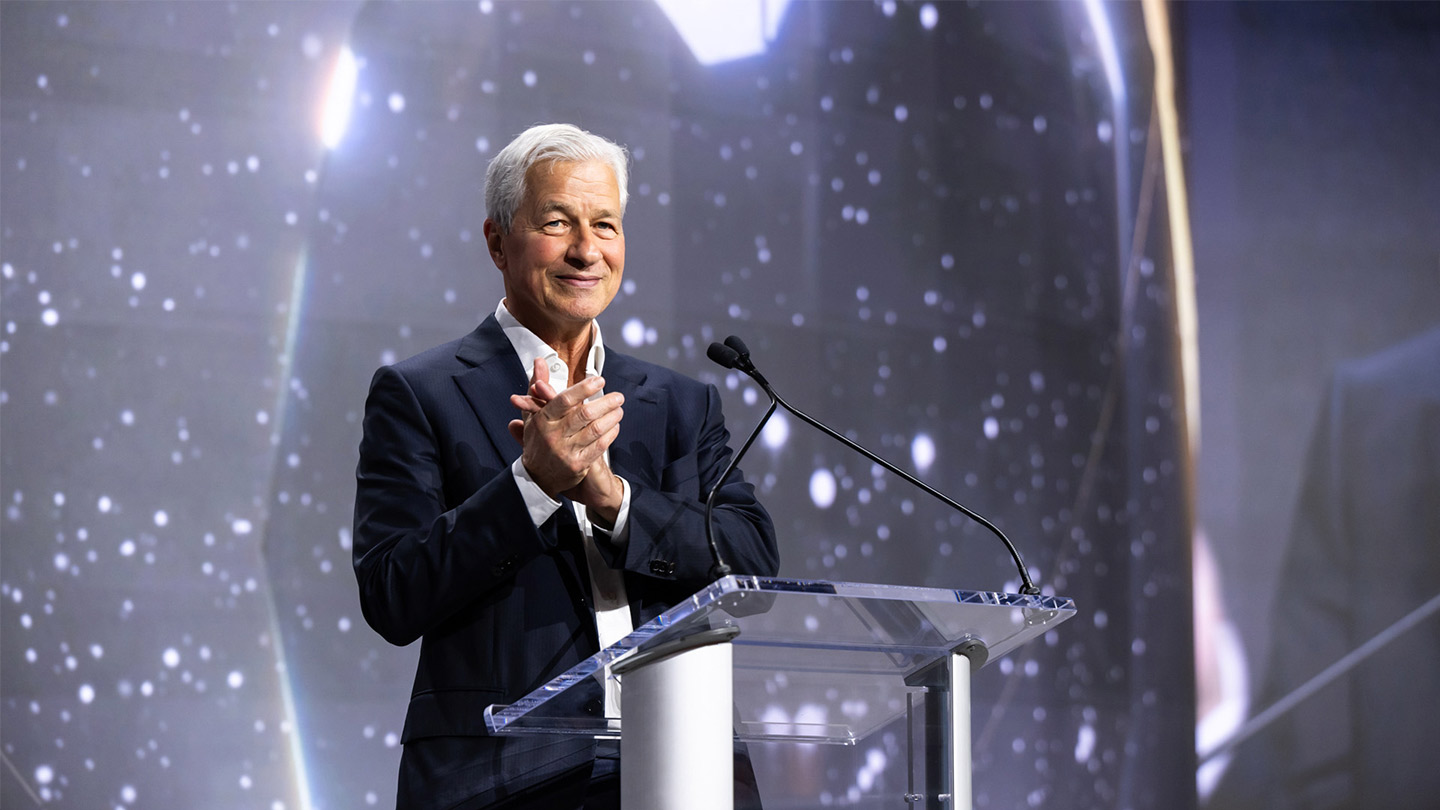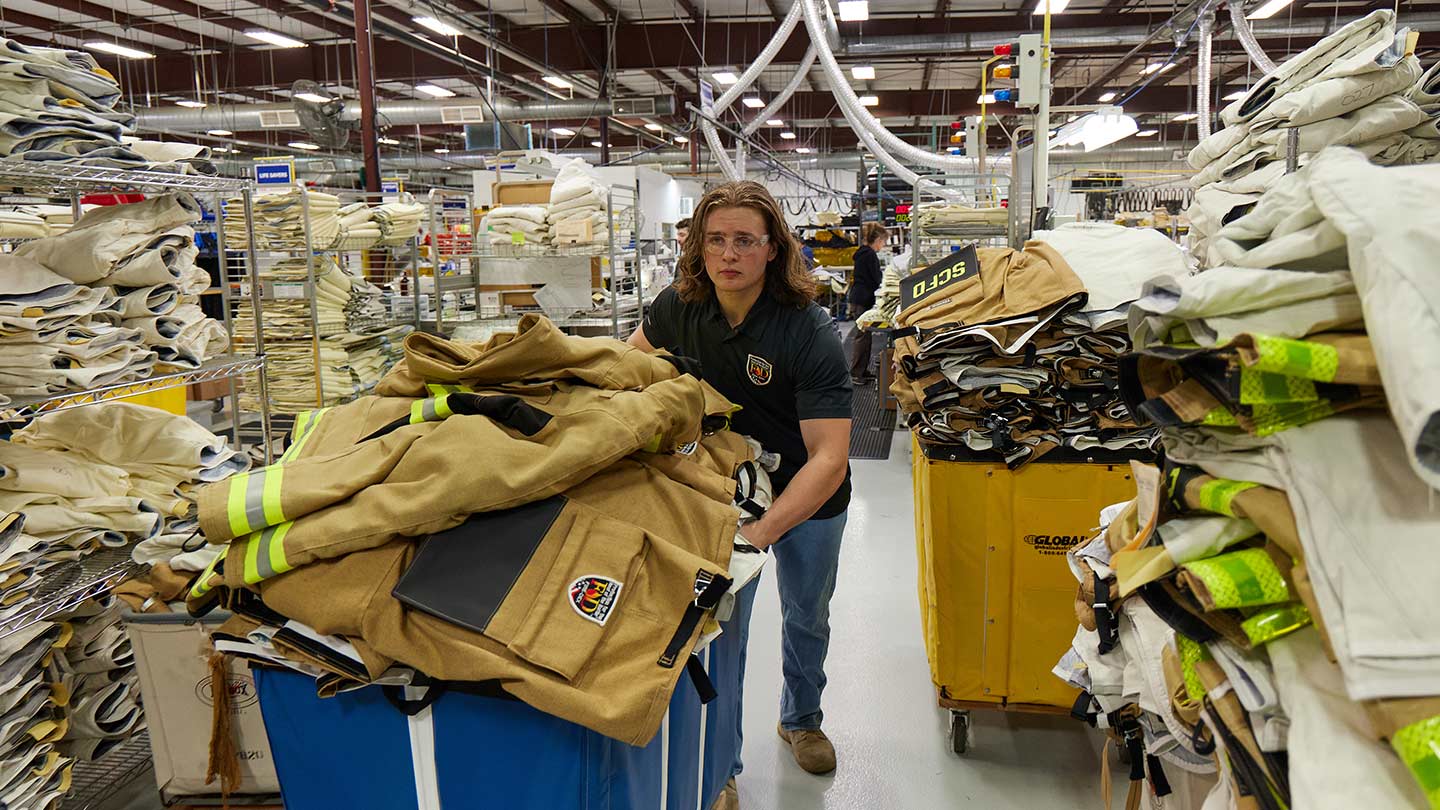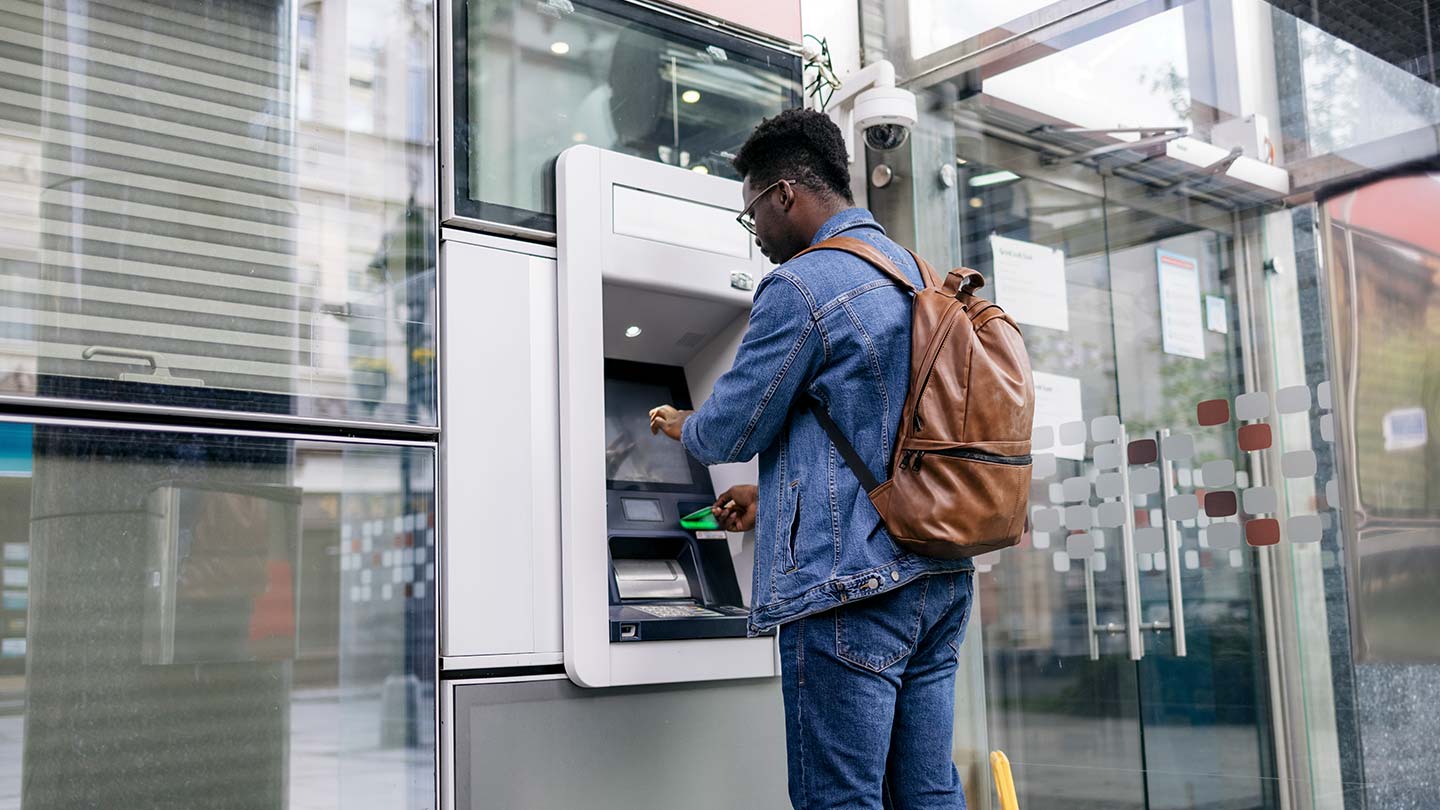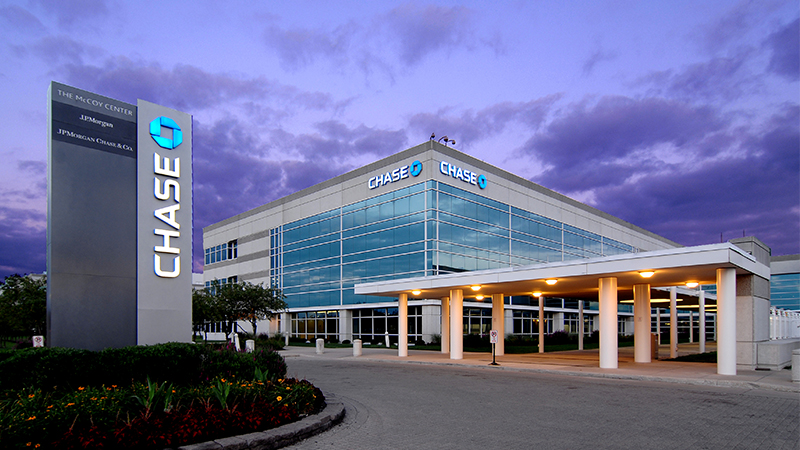A version of this story originally appeared in The Columbus Dispatch.
Like other elected officials and business leaders 20 years ago, Michael B. Coleman, then-Columbus mayor, was on edge about the then-proposed merger of Bank One and JPMorgan Chase & Co. and its effect on the 12,500 Bank One workers here.
“There was the possibility that they would move the jobs someplace,” Coleman recalled. “That’s what I was really concerned about. I was really worried about it. I had some sleepless nights, frankly.”
Rather than coming out against the merger as many others had, Coleman took another approach. He went to Bank One’s headquarters in Chicago to meet its young CEO, Jamie Dimon, who took over as the bank’s top executive in 2000.
During his lengthy meeting with Dimon, Coleman laid out his concern about the jobs in Columbus, the future of Bank One and what would happen after the merger with JPMorgan Chase closed.
“I could support this,” Coleman said he told Dimon of the merger, “if I can get assurance that Columbus will be the behemoth of job development of the merged company.
“He looked at me, and paused and thought about it, and he said, ‘OK, but I need your support.’ ... It was literally a handshake. He looked me in my eye and I looked at him in his eye. We shook hands.”
Now on the 20th anniversary of the Jan. 14, 2004, merger announcement (the merger was completed July 1, 2004), JPMorgan Chase & Co. has grown to become the city’s largest private employer with about 18,000 workers. The average Chase worker in Columbus makes $100,000 per year.
Only New York state (29,500 workers) and Texas (26,400) have more Chase workers than the 20,000 workers the bank has in Ohio.
The 2-million-square-foot McCoy Center at Polaris where 12,000 Chase employees work is the bank’s largest building.
Dimon, facing pressure on multiple fronts, including in Columbus where he resisted calls to bring back the Bank One headquarters, told The Dispatch in an interview this month that if the merger between Bank One and JPMorgan Chase worked well then Columbus would benefit.
“I said, ‘Look at where we are,’ ” Dimon said. “The goal is to do a great job for customers, that is it. That is the goal! If we do a great job for customers, we will do a great job for employees with jobs and opportunity.”
As for Coleman, he said he can’t say enough about how Dimon lived up to the handshake deal the two struck. Other handshake deals that he has made over the years haven’t worked as well, he said.
“That man to me is golden, and so is Chase,” Coleman said.
Bank One, First Chicago Merger Plagued with Problems
Dimon became CEO of Bank One a few months after the abrupt resignation of John B. McCoy, the third generation of McCoys to run Bank One.
Dimon came to a bank plagued by infighting between the boards of Bank One and First Chicago after their $29 billion merger in 1998, the nation’s third largest bank deal. It was that combination that led to the relocation of Bank One’s headquarters from Columbus to Chicago, angering many in Columbus.
McCoy backed Dimon’s selection as CEO, and even talked of recruiting Dimon as his No. 2 at the bank before McCoy left with the eventual goal of succeeding him at the bank, according to McCoy’s book, ”Here’s the Deal,” that was released in 2018.
“I liked the guy right away,” McCoy wrote of Dimon. “We were obviously different in temperament, but he possessed three things I was in dire need of — energy, passion and most of all, talent.”
Beyond the infighting among the board members, the bank was plagued with problems, including multiple computer and operational systems from various mergers over the years that needed to be brought together and struggles with the bank’s First USA credit card operations, car-lease business, commercial business and loan quality.
The bloated staff needed to be cut, Dimon said.
“At one point we had to lay off 10,000 people,” he said. “Sorry, it wasn’t your fault; it was the company’s fault.”
Dimon was feeling heat from multiple points after taking over the top spot.
“In Columbus, of course everyone is trying to pressure you to do what they want. Bank One people wanted me to move back to Columbus. First Chicago people wanted me to change the name back to First Chicago,” he said.
At a meeting with John F. Wolfe, the former publisher of The Dispatch, Wolfe told Dimon that the bank’s headquarters should return to Columbus.
“I said, ‘John, we are not changing the name. We are not moving it back here. If I do a good job, it will be great for Columbus. ... I’m going to do what I have to do to make it a great company. If I do a good job, when I come back here in five or 10 years, we’ll have more employees here,’ ” Dimon recalled telling Wolfe. “I think he quoted me on that, and that is exactly what happened.”
Corrine Burger, Chase’s market leader for Columbus who has worked for the bank for more than 30 years, said Dimon was able to end the infighting among the various factions at the bank.
“We were busy now on executing the customer experience,” she said. “When you focus on things that matter, all those things that don’t matter fall to the wayside.’’
Bank One, JPMorgan Chase Merger Logical, Dimon Says
The $58-billion merger deal that was announced in 2004 created, at the time, the second biggest bank in the U.S.
“I thought the fit was so logical and I also had done a lot of mergers,” Dimon said.
The merger of Bank One and JPMorgan Chase was driven by mutual interest, Dimon said.
It combined Bank One’s branches largely in the Midwest with JPMorgan Chase’s presence in the New York area and Texas. Other parts of both banks’ businesses connected as well, he said.
At the time, JPMorgan Chase was having its own set of issues following the merger between JPMorgan and Chase Manhattan in 2000, including its underperforming credit card operations and branch network, Dimon said.
“Price was right. The business logic was really good. The ability to execute was going to be tough, but there were teams who had done it before who knew how to do it,” he said.
Though JPMorgan kept the name, the buyer in effect was really Bank One so it got control of the combined bank, said Dimon, who became president and chief operating officer when the deal closed. Eighteen months later, he was CEO.
“In effect, we were the buyer. ... It’s unheard of what I just said, that the smaller guy got the premium and control,” he said.
Columbus Worried About Bank One-JPMorgan Chase Deal
“Though the merger made total sense for Bank One from a competitive standpoint, there was a widespread concern in Columbus that the merger and resulting move of the corporate headquarters from Chicago to New York City would relegate the city to second- or third-tier status, vulnerable to layoffs as important work was shifted to other regions,” McCoy wrote in his book. “In fact, just the opposite happened.”
He said JPMorgan Chase’s decision to hold its annual meeting at Polaris in 2011 underscored the bank’s commitment to Columbus. He also worked to assure that the jobs of employees in Columbus were safe.
Dimon said Chase’s operations in Columbus are critical to the bank’s success.
“The stuff that they do is serving multinationals around the world. People don’t think of financial service as an export, but it is. The average comp is around $100,000 there,” he said. “That’s because a lot of the work we do there isn’t just for the U.S. but also for overseas and high tech. Columbus has been a great home for us, and I know it’s become a great home for a lot of people.”
This story cannot be reprinted without written permission by The Columbus Dispatch.
JPMorgan Chase Bank, N.A. Member FDIC




